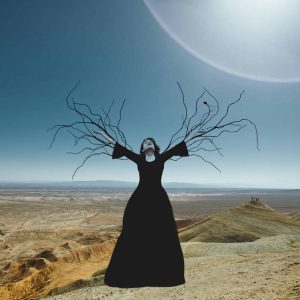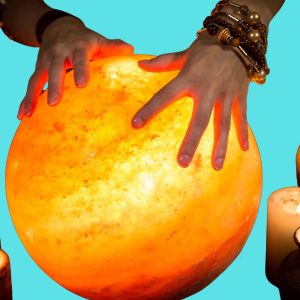Traditional African Healing
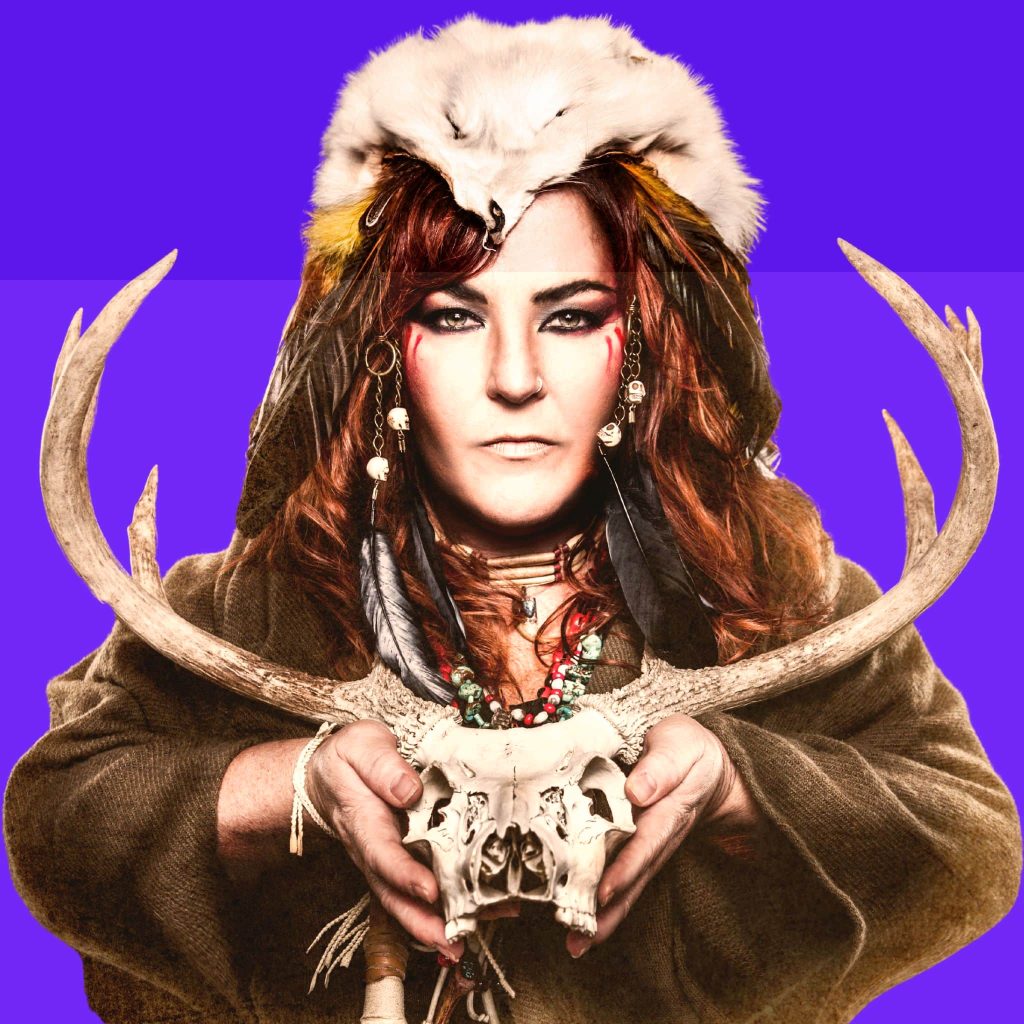
Traditional African healing relies not only on plants and herbs; it involves understanding the human body’s functions. The human anatomy is a complex system, and many healing methods are possible.
Many people who use traditional African medicine are pretty happy with their healing. It’s good to use traditional African medicine for healing. However, we have to understand that it comes from the same philosophy of Western medicine. That means that the goal is to find a cure for diseases. In traditional African medicine, healing the mind is also essential, the spirit and the body. It is part of holistic medicine.
Traditional healing doesn’t only treat the symptoms of a disease; you are trying to cure the underlying cause of the problem.
That means that you are also working to heal the mind, the spirit, and the body. If you only focus on treating the symptoms, you will get a temporary solution. However, if you address the cause of the problem, you will achieve a permanent solution. It’s good to think about this as you try to heal yourself. Many believe modern medicine is the best method to treat health problems, and doctors are considered the best person to care for you. Doctors can help patients with many different treatments and drugs. But, traditional healing is extra.
Traditional healing relies on the belief that it’s better to prevent diseases than to treat them after they have already started. Our opinion is that harmful spirits and other things cause some diseases. This belief has helped people to live longer, healthier lives. Traditional African medicine is a blend of many healing practices, including herbalism, divination, and ritual healing. Traditional African healing improves the quality of life, health, and wellness.
The Four Elements Of Traditional Healing
Traditional healers in Africa recognize four elements of healing: physical, mental, emotional, and spiritual. The physical element involves the body: organs, blood, tissues, and muscles. The mental aspect consists of the mind and brain. The moving part involves feelings and emotions: stress, anxiety, pain, grief, sorrow, happiness, love, joy, anger, fear, and depression.
The spiritual element involves the soul or spirit: the ability to live your life with purpose. Most of us know the four elements of traditional healing – the earth, the sun, water, and air. These elements represent the physical, emotional, mental, and spiritual aspects of a person’s well-being. By observing the effects of these elements on a patient, a healer can ascertain what ails a patient and how best to treat it.
The four elements of traditional healing also symbolize a person’s spiritual and emotional well-being. A person’s spiritual health reflects the harmony and balance of the four elements and is the root of their health. If a person’s spiritual health is lacking, then they are ill, mentally or emotionally, because the body is bound to follow the mind. Traditional healing focuses on natural remedies such as herbs and minerals.
It also involves using the body’s healing mechanism to restore health and wellness. For example, traditional African religious believers use natural remedies to stimulate the liver and gall bladder to expel toxins stored in the body. This practice is similar to Chinese health sciences, and the difference is that these natural treatments promote health and balance. Natural remedies help a person’s body to heal itself.
What Is Traditional African Healing?
The US National Institutes of Health’s National Center for Complementary and Alternative Medicine branch says many complementary and alternate medicine (CAM) practices exist. Traditional healing is a method of treatment based on the belief that the body, mind, spirit, and environment are interconnected.
Treatment intends to restore health, wellness, balance, and harmony. The treatment methods may include herbal remedies, prayer, music, dance, meditation, visualization, and exercise. Traditional healing is an art learned from skilled elders in practice.
There are many healing modalities within ancestral African healing, such as herbalism, spiritual healing, bodywork, and other techniques that combine science and spirituality with helping bring balance to one’s life. Although there are various ways to learn the practice of traditional healing, all share the common principles of using natural herbs, minerals, and other materials to help heal the body.
Traditional healing is the practice of medicine that originated from the ancient African tribal culture. This type of healing involves herbal medicines, acupuncture, prayer, and spiritual practices. There are three primary forms of traditional medicines; Traditional African Medicine (TAM), Traditional Herbal Medicine (THM), and Natural Health (NH).
The same people practice all three of these forms of healing, but the term “traditional” refers to the way they were taught and handed down. All of them have been in practice for thousands of years. A person may look well from the outside but is sick on the inside. It is true, especially when a person does not understand how the body works, what causes illnesses, and why people get ill. If you know the six principles of traditional healing, you can help a person who looks healthy from the outside but is sick on the inside.
Natural Abilities In Traditional Healing
Many people don’t know this, but I’m a born healer raised in the traditional healing tradition, which means that I have been using my natural abilities to help others since birth. Nowadays, many people are looking for alternative ways to heal their bodies and minds, and while they often turn to conventional medicine, it’s not the only option. Traditional African Healing (TAH) is an ancient, holistic healing system used for generations by healers in Africa.
The methods of TAH don’t merely base on faith. Instead, TAH relies on the body’s ability to heal itself through natural means. Traditional African medicine has been around since the beginning of time. It bases on a holistic, community-centric approach to healing, focusing on prevention instead of cure. Traditional medicine relies on the belief that the body, mind, and spirit are interconnected to produce health.
It means that health isn’t just about keeping your body healthy but also having peace and happiness in your life. For this reason, people who practice traditional medicine believe that it is crucial to focus on how you think about yourself, your body, and the world. The philosophy behind traditional healing is straightforward. First, you need to get to know the person in front of you before you can treat them.
You need to establish a relationship with the patient. The most important thing you can do is to listen. A good doctor can’t heal anyone without listening to them. Second, the doctor must treat the whole person, including their mind, body, and spirit. Finally, the doctor must never forget to put the patient’s needs first.
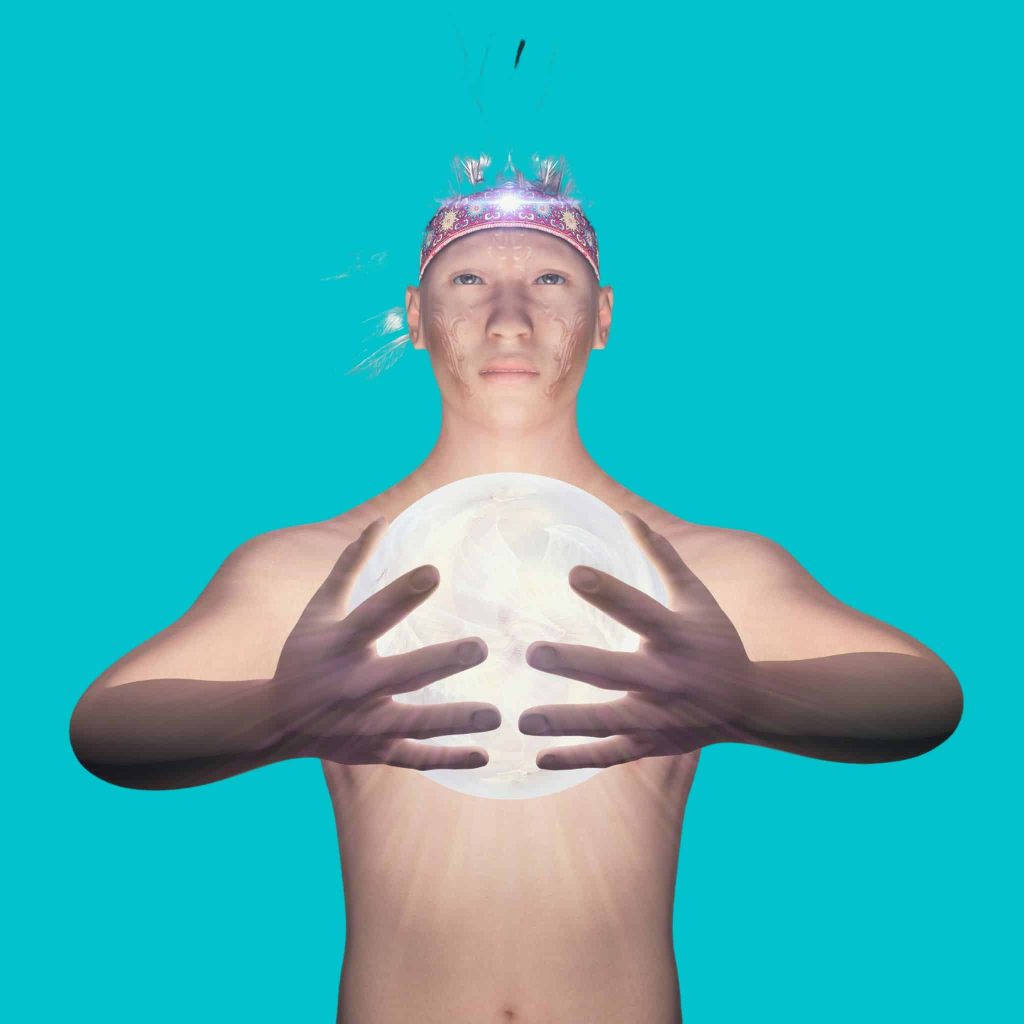
The Five Elements of Health and Healing
The five elements of health are air, fire, earth, water, and spirit. These five elements combine to make up the human body and influence how we think, feel and act. The idea is that health is dependent upon the integration of these elements working together in harmony. If any of these elements are in balance, the person will be healthy and heal themselves from illnesses and injuries.
If one element of your body is out of balance, you can get sick, and it is essential to recognize this when working with clients as a healer. When clients come in for an energy healing, they will usually ask about their physical and emotional health. It is common to see clients report on their current state of well-being.
It can be beneficial to understand how these elements influence people and their health. A holistic approach to health and healing looks at all the factors involved when understanding how to balance and move towards wellness.
When we are born, the universe gives us gifts to help us develop and live happy and healthy life. It is true of humans, animals, plants, and the rest of nature. The five essential elements of health and healing are water, earth, air, fire, and spirit. If we are to be healthy and happy, we must maintain balance among these.
Types of Practitioners
As traditional healing has increased worldwide, practitioners of African Traditional Medicine have adapted and grown to meet the increasing demand. They have become specialists in a variety of areas.
People worldwide have been using traditional healing for many years. People have used it for medicinal purposes, some use it to prevent diseases, and others use it to treat various health conditions.
However, most people only know about the healing effects of African Traditional Medicine. Many people are familiar with traditional African religious believers as highly effective practitioners of traditional healing worldwide. This form of healing uses natural remedies and herbal treatments. Herbal health sciences have a long history in Africa and China, and many people still rely on it today to treat common ailments.
Many religious organizations, including churches and mosques, practice traditional healing. There are many different types of conventional healers; some are considered spiritual leaders. Some traditional healers focus on healing the mind, body, and soul. Others work directly with the spirit world, while many focus on the physical realm.
Traditional healers may use herbs or other natural remedies, prayer, or rituals in Africa, and they may work with the whole person or with only the sick part. The way these practitioners approach health problems depends on the culture or religion they practice. In addition to being safe, medicinal plants are practical. Herbal medicine is a great way to treat various conditions because it is natural.
Traditional medicine can prevent illness as well as treat existing conditions. Medicinal plants work in many ways. First, they can stimulate the immune system. In addition, herbs can act as anti-inflammatories. Traditional medicine can help to relieve pain. Herbal medications treat cancer, chronic fatigue, diabetes, depression, anxiety, colds, flu, high cholesterol, HIV, heart disease, etc.
The Six Principles of Traditional African Healing
To understand the six principles of traditional healing, we must first look at how the human body works. It is possible to divide the human body into three parts: head, trunk, and limbs. The head represents the brain’s thinking, learning, and decision-making parts. The trunk, or center of gravity, includes all the abdominal cavity and pelvis organs.
The limbs include the arms and legs. The first principle of traditional African medicine is the concept of “Unity.” The body, mind, spirit, and environment are all connected, and a person achieves a balanced state of being when they take care of their health, mind, spirit, and environment.
The second principle is balance, which refers to the idea that the body should have equal blood, lymph, and oxygen. A combination of one or more out-of-balance components can lead to illness.
The third principle is symmetry, which refers to the idea that the body should be symmetrical. Symmetry is lost when the body becomes unbalanced. If an imbalance exists, the body will respond with a symptom. A disruption of any one of the three elements (blood, lymph, and oxygen) can cause an imbalance in the body. The fourth principle is the balance between opposites.
The balance between opposites means that when an imbalance exists, the body must also have a counterbalancing force. Counterbalancing can be in the form of yin and yang of good and evil. The fifth principle is proportion, and a counterbalancing power corrects an imbalance. The sixth principle is rhythm. When the body is in a rhythmic state, it functions optimally. A rhythmic form is the perfect balance of everything that makes up the body. The body responds with a symptom whenever there’s a disruption to one of its elements.
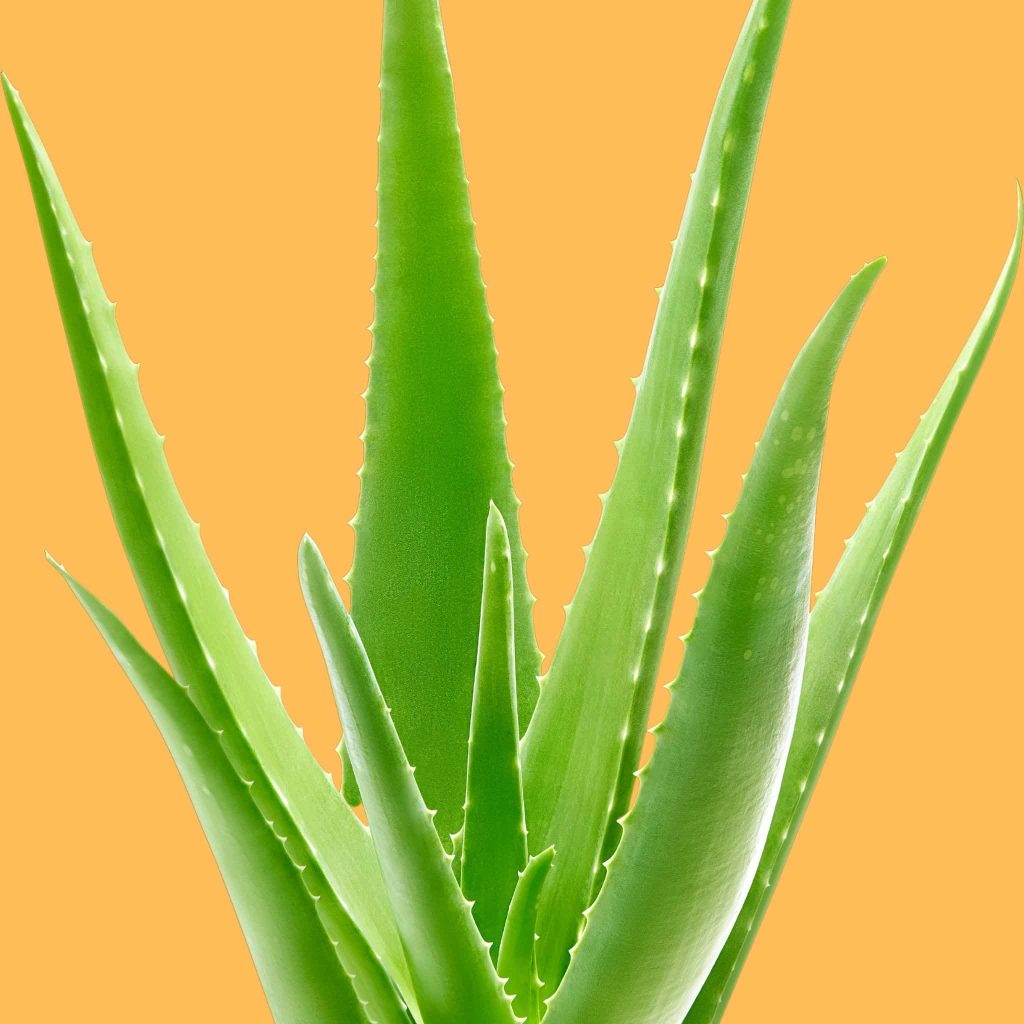
How Traditional Healing Works
We must first understand traditional healing. The healer can see and hear with their eyes and ears and feel things with the skin and hands. They also know what their body tells them by looking at its symptoms.
It is not the healer who possesses these special abilities; instead, the healer receives them from the spirits of the ancestors. By following the rules of the human nature, the healer can connect with the ancestors, who will give them the wisdom and knowledge needed to heal. The majority of traditional healers have a variety of methods to bring the body back to its natural state.
Certain herbs, minerals, and even foods heal the body and mind from the inside out. These treatments can either be external or internal, depending on what is needed. Treatments and the conditions and diseases they treat vary from one country to another and from culture to culture.
- Traditional healers are masters at taking the mystery out of illness.
- There is no “one-size-fits-all” treatment.
- Traditional healing has always been holistic, and it works.
- Traditional African healers have an essential role in our modern world.
- Traditional healing methods will heal most people.
Traditional healing is not just about using herbs and minerals but also involves a wide range of methods. Some people still think that traditional healing is a form of witchcraft, and it is wrong to believe that traditional healing knowledge is a type of witchcraft.
It indeed takes time to be entirely accepted. However, medicinal plants offer many benefits. The use of traditional herbal medicine can reduce your chance of having cancer. Some studies have shown that people who use traditional medicine have a lower risk of getting this disease.
Traditional Healers
Most people consider traditional healers natural medicine experts, and some even think of the traditional healers as performing unique treatments that conventional medicine has failed to treat.
Traditional healers use medicinal herbs, prayer, and spiritual healing to cure health ailments. Traditional healers come in many forms, including herbalists, witch doctors, bonesetters, acupuncturists, and some traditional Chinese medicine practitioners. Traditional healers concentrate on prevention, curing, and maintaining good health.
They treat many ailments, injuries, as well as pain. Many people don’t know the difference between the two types of healers. A traditional African healer must have a special gift, called a spirit power. Traditional healers acquire the spirit power by working with a particular plant and a particular tree, and elderly healers pass on traditional healing knowledge down through generations.
Historically, healers used traditional medicine to treat illness, and the elders often passed on these remedies through oral tradition. Traditional healers use traditional medicine that has been around for hundreds of years.
The main goal of traditional medicine is to cure disease, and traditional medicine is one of the natural forms of health practices that use only plants, herbs, and minerals. Traditional healers may use herbs, potions, spells, or other treatments to assist people with recovery from illness.
Traditional healing works in a variety of ways, including:
- To induce a state of wellness.
- Removal of toxins from the body.
- Boosting the immune system to fight off illness.
Traditional healers use herbs to treat and cure several ailments, including depression, headaches, and high blood pressure. They may also use herbs to boost energy or treat colds and flu. There are many plants, herbs, and spices used in traditional medicine. Many are available for purchase online or in health food stores.
Traditional African Healing Is Holistic
Traditional African medicine is still widely used throughout the world. It is a conventional system practiced using herbs, spiritual healing, and other methods. It is a form of holistic medicine, and this idea is the basis of all traditional healing centers in Africa.
People who practice traditional medicine are more likely to get better than those who don’t, and this is because it’s holistic. It uses all-natural healing methods, including herbs and other natural remedies. It also takes into account the spiritual aspect of healing.
Traditional healing has been used for centuries to restore health and well-being. For example, traditional African healing uses a holistic approach, using all-natural healing methods, including herbs and other natural remedies. It also takes into account the spiritual aspect of healing.
The concept of a “spiritual approach to health and healing” can be traced back to ancient Egypt, where it was the basis for what became known as the “Egyptian healing arts.” Traditional African medicine (TAM) treats various diseases, including cancer. Traditional herbal medicine uses a variety of botanicals to heal the mind, body, and spirit. Herbs, like ginger root, turmeric, fenugreek, and ginseng, promote overall health and wellness.
Ginseng is an excellent choice for those who want to increase their endurance and stamina. It can also be helpful when running errands at work or staying home. Turmeric is a natural anti-inflammatory, which helps with achy muscles and joint pain. Fenugreek stimulates the appetite, which can help when your body is not feeling well and not consuming enough calories.
In addition to being a very natural way to help people heal from illness, traditional healing also uses various cultural and religious beliefs and practices. It includes spiritual practices like prayer and meditation and ceremonies, rituals, and sacrifices in some cases.
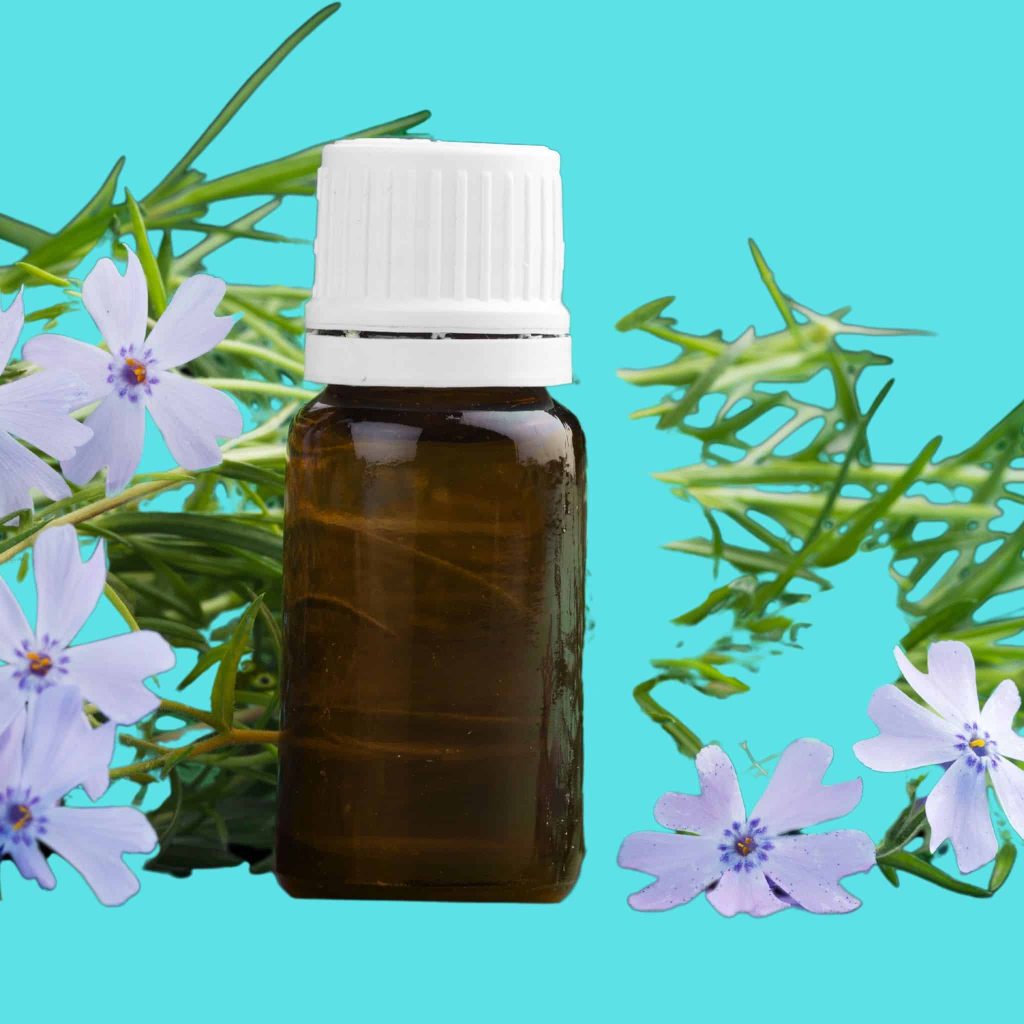
Traditional African Healers
As a traditional African healer, I have been a part of a system of healing my forefathers handed down to me through generations. My grandmother, a nurse, taught me how to care for the human body. I use the knowledge of the human body to treat people with chronic conditions, injuries, and pain.
We want to live longer, and therefore, more Americans seek alternative healing methods. The Traditional African healers use the body to cure disease, the plant kingdom to help the body, and the spirit world to help the body.
Many often refer to the healing practices of traditional health practitioners as “natural.” Because they tend to use natural ingredients, people do not always consider their mainstream medicine. They also focus on the spiritual, emotional, and mental aspects of health.
Traditional healers, herbalists, and naturopaths offer alternative medicine, but these practitioners aren’t the only ones using the natural healing system. There is also a considerable movement in the Western culture called complementary and alternative medicine (CAM), which includes mind-body therapies, energy healing, yoga, and other practices.
These methods are becoming increasingly popular, and more people are turning to alternative healing methods because of the success of traditional medicines in treating diseases. Traditional healers have been around for thousands of years. Some people still practice traditional medicine today, and some even believe it can cure any illness.
Most of the time, people use traditional medicines for ailments and injuries. However, there are times when traditional healers also use herbal remedies and other natural treatments to address mental health problems. They are healers and teachers who know how to cure diseases and heal the body and mind. The most important part of their practice is the training they receive from their elders. Training from elders is the most traditional way of healing in Africa.
Traditional African Medicine
What are some of the essential parts of traditional African medicine? Standard, complementary medicine relies on the belief that the human body consists of two essential elements: spirit and matter. The body is composed of the spirit, including the soul and the mind.
The spirit is the essence of life found within every living thing. Energy and vitality come from the spirit, the energy that animates all living things. The body is composed of matter, consisting of physical matter and energy. The human soul and body are the most vital part of the universe.
Traditional healing uses herbal medicines to treat various ailments and diseases, including mental disorders, such as depression, and illnesses caused by infections like colds and flu. These herbal medications treat diabetes and cancer, and herbs are part of both the African diet and herbal medication.
Herbs treat many different things. Some people think that using herbs to cure illness is just a waste of money. But, this is not true. Most traditional medicine is effective, natural, and safe. Traditional medicine can help you to get better faster than any other medication. These herbs can also help to boost your immune system and fight off germs, including viruses and bacteria.
Some people think that using traditional medicine is not good, wrongly thinking it can be dangerous. However, there are many benefits to using herbs. One of the things about medicinal plants is that they don’t contain chemical drugs, so there are no side effects.
Herbal medicines are very effective because they work at the molecular level. Traditional medicine helps the body absorb nutrients from plants and the minerals in herbs. In the African culture and on the African continent, traditional medicine is an integral part of daily life. They believe, and rightly so, that traditional medicine can cure almost anything.
Traditional Health Care
Traditional health care is a form of health care performed by traditional practitioners in managing the human body, both physical and spiritual. Traditional medicine is a body of knowledge and practices whose origins date over 5,000 years in Africa, China, and India. Many different cultures have developed traditional medicine, including those from South America, Africa, and Asia.
Traditional healers often combine their health care practices with modern western medicine and other techniques. The term “traditional” refers to any system of medical practice used by any group of people developed before the mid-twentieth century. The word “traditional” can mean many things, and people base the definition on long experience, knowledge, and belief.
This definition of traditional healing may include any of the following:
- Traditional healing uses the theory that natural and supernatural forces cause diseases.
- Traditional healers – are the people who provide traditional medical care.
- Traditional medicine – Natural substances, practices, beliefs, and methods used to treat or prevent illness, disease, or other conditions.
According to the world health organization, traditional medicine comes from indigenous people’s practices, thoughts, and traditions in a region or society. People in a particular society also believe that some conventional medicines are not safe to use as they contain chemicals, and traditional medicine is one of the most common remedies.
Traditional Chinese Medicine (TCM) – A system of medicine that evolved over more than 2,000 years that combines various theories and practices of Chinese medicine, including acupuncture, spiritual therapies, tuina, diet therapy, moxibustion, and massage. It is distinct from the modern practice of Chinese medicine. Traditional healing practices – practices of healers that ancient humans developed to deal with sickness.
Modern Medicine And African Religion
Although some people see Western culture as being in direct conflict with traditional African cultures, some of the beliefs in modern Western medicine match with traditional African religion and its practices.
The traditional healing process and religious views originate from the notion of healing that goes back to ancient times. The ancient Greeks believed that each person was unique and had a special connection with the gods, and they also thought that each person’s body possessed a different set of organs connected by the “vital force.”
Many people think that modern medicine and African religion are at odds, but they are perfectly complementary, and there are many different paths to achieving the same goals. Modern medicine has no contradiction with African religion, contrary to what many believed, and African religion is a comprehensive system that includes various aspects of human existence.
Africans have accepted modern medicine, but some beliefs and traditional practices don’t make sense. For example, some think they have been born with a unique spiritual energy, and this belief leads them to practice certain rituals to make sure their life is free from illnesses.
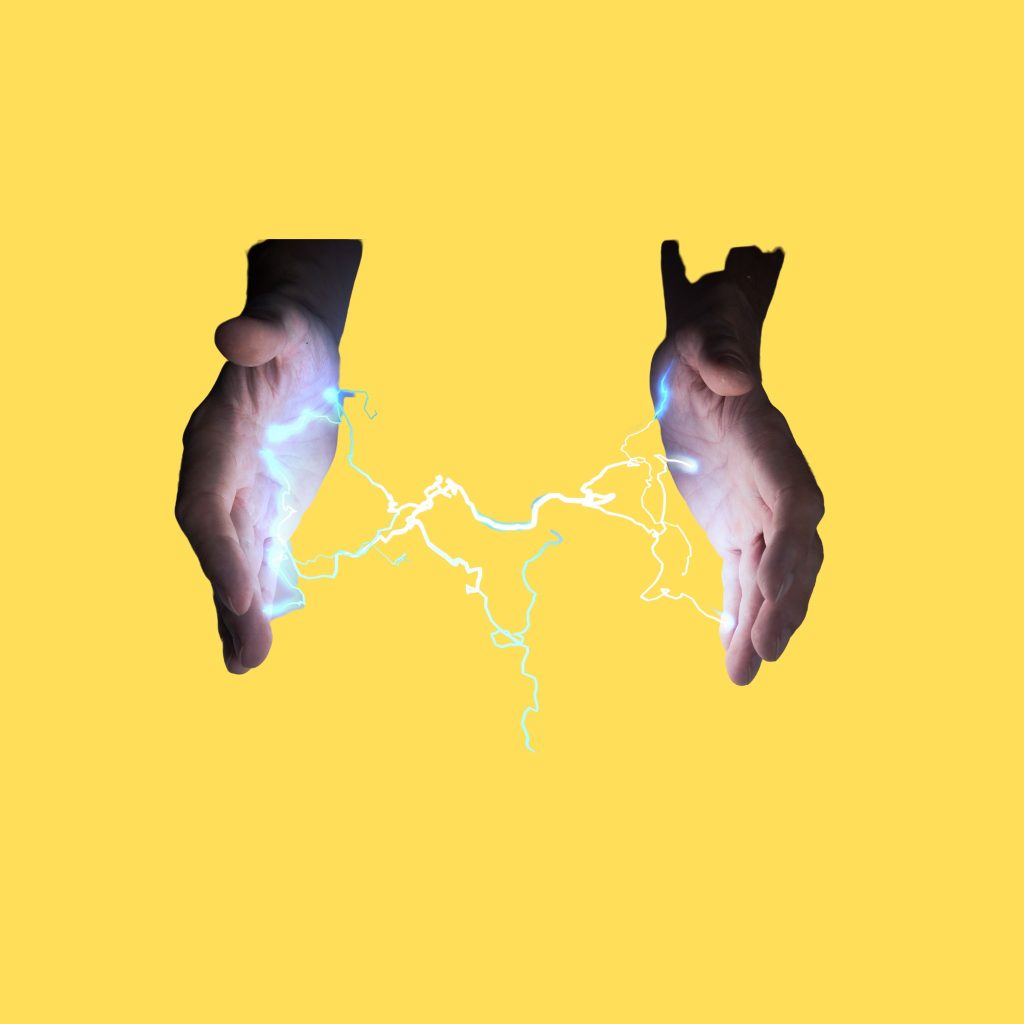
Medicinal Plants
Medicinal plants work to relieve pain and treat disease. But the healing power of the medicinal plant is not always found in the same place.
Some medicinal plants have their healing powers in the leaves, others in the root and stems. Different parts have different effects. Indigenous healers use some medicinal plants to cure specific diseases like asthma and malaria. Some of the most popular African traditional medicine comes from African plants. The following list includes some of the most popular African medicinal herbs that Indigenous healers use and their benefits:
- The leaves of the Kola nut tree, or ‘Buba’ as locals call it in the Ashanti language, contain a chemical compound called colchicine. Human ovaries also contain colchicine. It causes temporary infertility in women (only 3 to 4 days) and helps cure gout and rheumatism. Colchicine also works as a laxative.
- The root of the ‘Kola-nut’ tree contains a chemical compound called hypoglycin, which works as an anti-diabetic.
- The roots of the kola nut tree contain an alkaloid called N-methylene-7-methoxy-2,4-dioxo-6-trimethyl-2,3-dihydro-1H-pyrrolo[2,3-b]quinoxaline, which works as a sedative.
- The leaves of the ‘Kola-nut’ tree contain an alkaloid known as guanine, which acts as a muscle relaxant.
- The ‘Kola-nut’ tree leaves contain a compound known as theophylline, which works as a stimulant.
The Role of African Traditional Healers
African traditional healers constitute a significant component in the health system of many African countries. In some cases, they work alongside modern healthcare systems, and in others, they are the only healthcare providers.
Some countries make more effort than others to use traditional healing as a form of treatment. For example, the Tanzanian government has encouraged the use of traditional medicine by setting up an office within the Ministry of Health responsible for supporting and regulating practitioners of traditional medicine.
This office coordinates with the Ministry of Education, which provides training support. Another example of a country making an effort to use traditional medicine is Burkina Faso, where a government-run Traditional Healers’ Association offers a register of healers and encourages them to practice in the public interest.
The key to understanding the role of traditional healers is to know that they are there. Traditional healers often are part of the community surrounding the health facility, which means they know the people, the culture, and what they can and cannot afford. People go to a traditional healer when western medicine cannot resolve a health problem.
Other parts of the African continent where medicine men play a significant role in primary healthcare with traditional health practices include Southern Africa, West Africa, East Africa, and Sub-Saharan Africa.
In sub-Saharan Africa, medicine men provide primary health care by working as traditional birth attendants, mainly in rural areas where access to medical doctors and modern medicines is very scarce. However, the medicine men do a commendable job as they are equipped with the knowledge to work as traditional birth attendants.
Traditional Healer
I am a healing facilitator and a channeler of energy as a traditional healer. Traditional healing is a natural approach to healing. A traditional healer uses their knowledge of anatomy, physiology, pathology, and treatment principles to work in partnership with the patient to restore the body to a normal state of health. Healing can occur in person at the healer’s clinic, at the patient’s home, or by phone.
A traditional healer or a faith healer is an individual who provides a complementary and holistic healing approach to clients’ physical, mental, emotional, and spiritual wellness. This group of healers has been in existence for more than 200 years.
The main factors that attract people to a traditional healer include the perception that a traditional healer has spiritual powers, therefore, uses methods and abilities more extraordinary than western medicine. People also seek to learn from spiritual healers’ experiences and wisdom.
Other reasons include:
- Traditional healers’ high credibility.
- Spiritual approach.
- Holistic way of healing.
- The support and protection they offer their clients.
- Faith healers’ services may be much less expensive than the conventional medical system.
Traditional African Religion
Traditional African religion is indigenous because it comes from regions where the culture originated. The colonial era brought many other faiths to Africa. Today, many African Americans find comfort in traditional African religion and its beliefs and seek out traditional healing practitioners to find relief from illness.
Often, when you hear about Traditional African Religion and its healing powers, you’ll be hearing about how it helps people who have been diagnosed with cancer. Traditional African religion and healing have helped heal diseases like HIV/AIDS, malaria, and diabetes.
Traditional healers use it in combination with western medicine to treat conditions such as cancer. Traditional African religion has various practices to help people and their families, including herbs, prayers, and traditional healing. Many alternative healing methods include herbs, acupressure, acupuncture, reiki, reflexology, etc.
Traditional African Medicine (TAM) is the oldest system of medicine globally, and historians trace it back as far as the early 20th century. The practice of traditional medicine and healing comes from the belief that people should seek out natural, holistic means of healing.
Although there are many similarities between TAM and other forms of medicine, traditional African medicine offers something unique and valuable in health care. As a result, people worldwide travel to African countries to receive treatment.
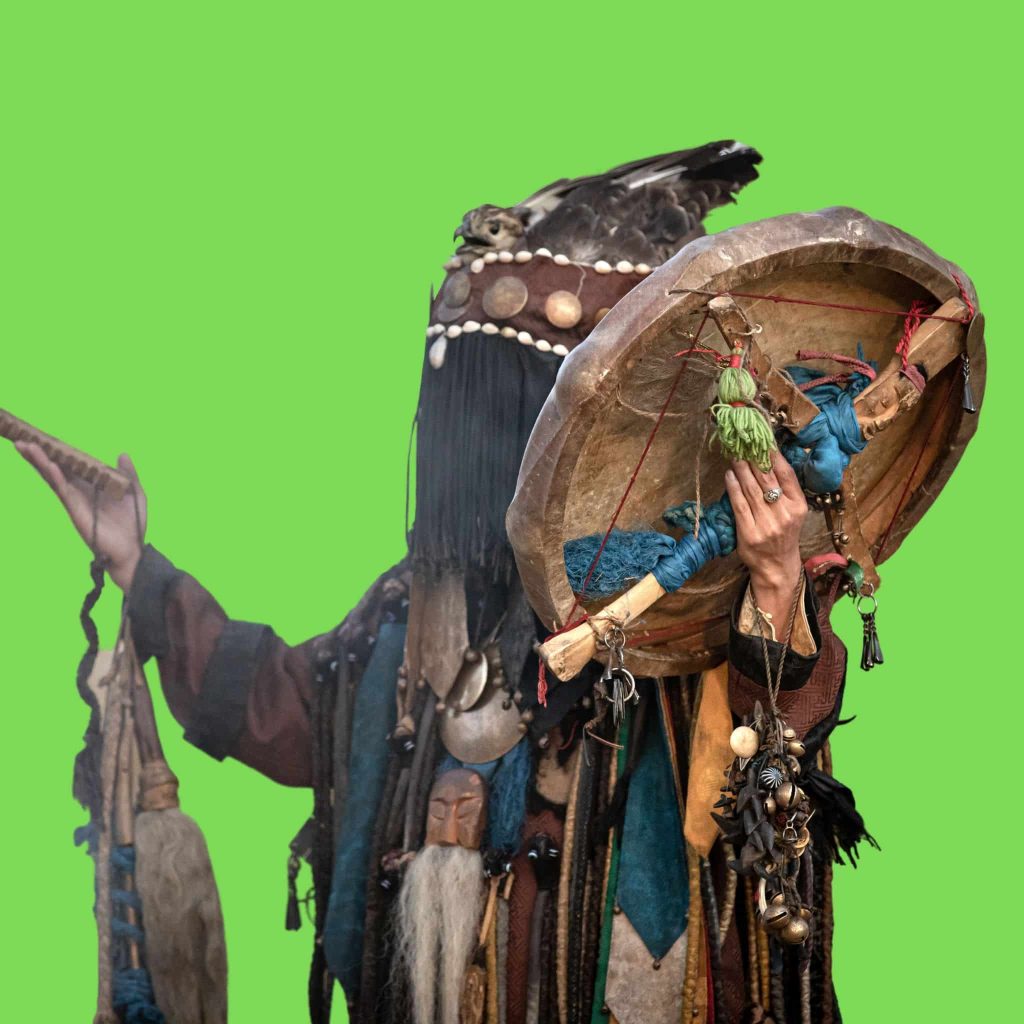
Traditional Healing
Traditional healing began hundreds of years ago. The word “healing” comes from the word “salve,” which means “a medicinal compound derived from plants.” Over time, people started using traditional healing to refer to medical treatment involving medicinal plants. The first modern use of the word “healing” came into usage in 1740, concerning the practice of doctors or physicians.
Many of the products that we use and consume today originate from nature. The ancient practice of herbalism, a method of treatment using natural plant remedies, has existed for centuries.
This type of treatment can relieve pain and illness through a holistic approach. Faith healers can practice traditional healing with various methods such as homeopathy, herbalism, anthroposophic medicine, and even conventional medicine.
Traditional healing, also called traditional medicine, treats illness using natural methods and therapies. Spiritual healers practiced traditional healing in many cultures worldwide in ancient times. People practice traditional healing in many parts of the world, especially in Asia, Latin America, and Africa. Traditional healing is sometimes called folk or traditional medicine. Traditional healers use herbs, animals, prayer, and other natural methods to treat illness.
Traditional healing also involves using herbal teas, massage, and plants as medicines. The traditional healing process is a two-step process, the first step being to remove the cause of the disease. In traditional medicine, healers sometimes find the cause of the disease in the environment, which can be the source of food, lifestyle, and other things.
In Traditional Chinese Medicine, the body contains vital energy called qi. If qi is blocked or flowing incorrectly, then illness or disease results. Chinese traditional healers use herbs to clear the blockage and restore the energy flow.
Traditional Healers In Rural Areas
Traditional healers come from nearly every region of the world, and they play an essential role in many countries health care systems. People see traditional healers as the last stop before Western medicine and the only alternative when all else fails.
There are several reasons that traditional healers are still needed, despite the existence of more expensive and modern alternatives. One reason is that many indigenous populations, such as the Mayans, have a deep respect for traditional practices and that many indigenous people still perform their rituals worldwide.
Another reason is that most people don’t have access to western medicine, especially in rural areas, and for many ailments, this type of treatment is the only option available. Traditional healers may also be better at treating particular kinds of conditions.
They tend to be less formal than western doctors and, therefore, can treat patients who may be embarrassed about being seen by a doctor. Traditional healers can often provide holistic care and may also be able to diagnose or identify specific health problems.
There is often a long-term commitment required from the patient with a chronic illness, and in the US, the high cost of medical care usually leaves people with little other choice but to seek out the service of a traditional healer.
Traditional healers’ availability is especially prevalent in developing countries where access to modern healthcare is limited, mainly in rural communities.
The relationship between the patient and the traditional healer is similar to a doctor/patient relationship. The healer works alongside the patient and offers advice and guidance on living better with their illness.
The traditional healer usually takes a holistic approach to treatment and often employs a combination of herbs, traditional remedies, and spiritual healing.
Traditional Healers and Colonial Authorities
Traditional healers and colonial authorities often had similar views about illness and treatment. They believed that disease resulted from the body being out of balance, and only the intervention of a traditional healer could restore balance.
These traditional healers were able to treat diseases such as measles, malaria, and smallpox using a combination of herbal medicines, herbs, and minerals and physical treatments such as massage and bleeding.
In the colonial period, colonial authorities believed that many people were ill and that the possession of devils caused their illnesses.
These officials saw traditional healers as having a great deal of credibility and reliability. They used these traditional healers to help solve their patients’ problems. Colonial authorities often brought their patients to these healers to be “cured,” believing that the traditional healer had the power to cure.
Some colonists thought that the indigenous people were a sort of ‘wonder drug,’ they had remedies for many ailments since the beginning of history. They were often willing to try traditional medicines rather than wait for the British medical establishment to arrive.
The first step of the healing process was the diagnosis. The healer would ask questions to the patient about the symptoms, the cause of the illness, and the pain. The patient would describe the symptoms and describe the pain. The healer would then examine the patient to find the source of the problem.
Sometimes the healer would have the patient walk around to see if the symptoms were present in the area where the healer had examined the patient. If the patient felt they could not control the symptoms, the healer could try a different method of diagnosis.
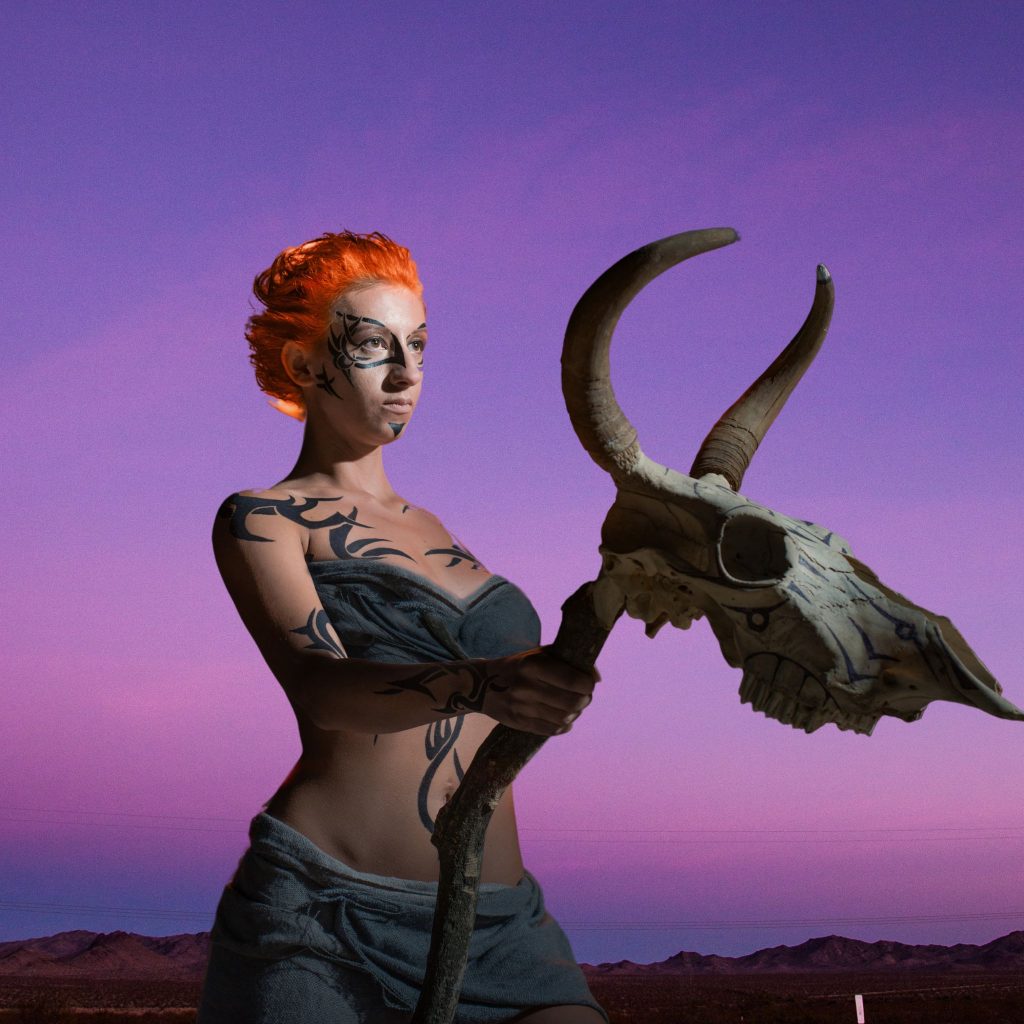
Traditional African Healing Surgeons
The practice of traditional medicine is ancient and goes back to the early years of human civilization. People practiced traditional healing in ancient Egypt and Greece. For centuries, traditional healers treated conditions such as fractures, hernias, toothaches and infections, skin diseases, respiratory tract, gastrointestinal tract, and musculoskeletal system.
However, after the development of western medicine, traditional practices started to be marginalized. In traditional medicine, there are two main categories of surgeons. Traditional healers are experienced people who know how to help those in need and deal with infections.
Some even perform surgery, including stitching wounds together and removing stones from the urinary tract. However, people no longer use traditional surgeons because modern surgical techniques have become so advanced, and surgery is generally safer than before.
These days, a surgeon does not perform the entire operation; instead, they delegate the procedure to others. Surgeons now operate on patients by removing their organs, replacing them with artificial implants, performing blood transfusions and surgeries. These days, specialists do most of the surgical operations. Surgeons use sophisticated equipment, and they can operate on many parts of the body.
Most surgeons do operations that involve opening up a patient’s skin and cutting and moving various organs. Surgeons carry out many of these operations in the operation room. Sometimes they carry out surgery to remove a tumor, fix a hernia, or repair a wound.
Conclusion
Many of us have heard about traditional African healing and their health care systems. We know the various methods, the vast traditional knowledge they use to heal, and most of us are fascinated by them. Many people wonder if these practices are authentic, and even if they believe in such practices, they are often unaware of how to find healers who specialize in these areas.
Look no further; we have a collection of the best healers available to man. Are you interested in being healed by our experienced traditional healers? Click the button below to get started with our online healing service.

